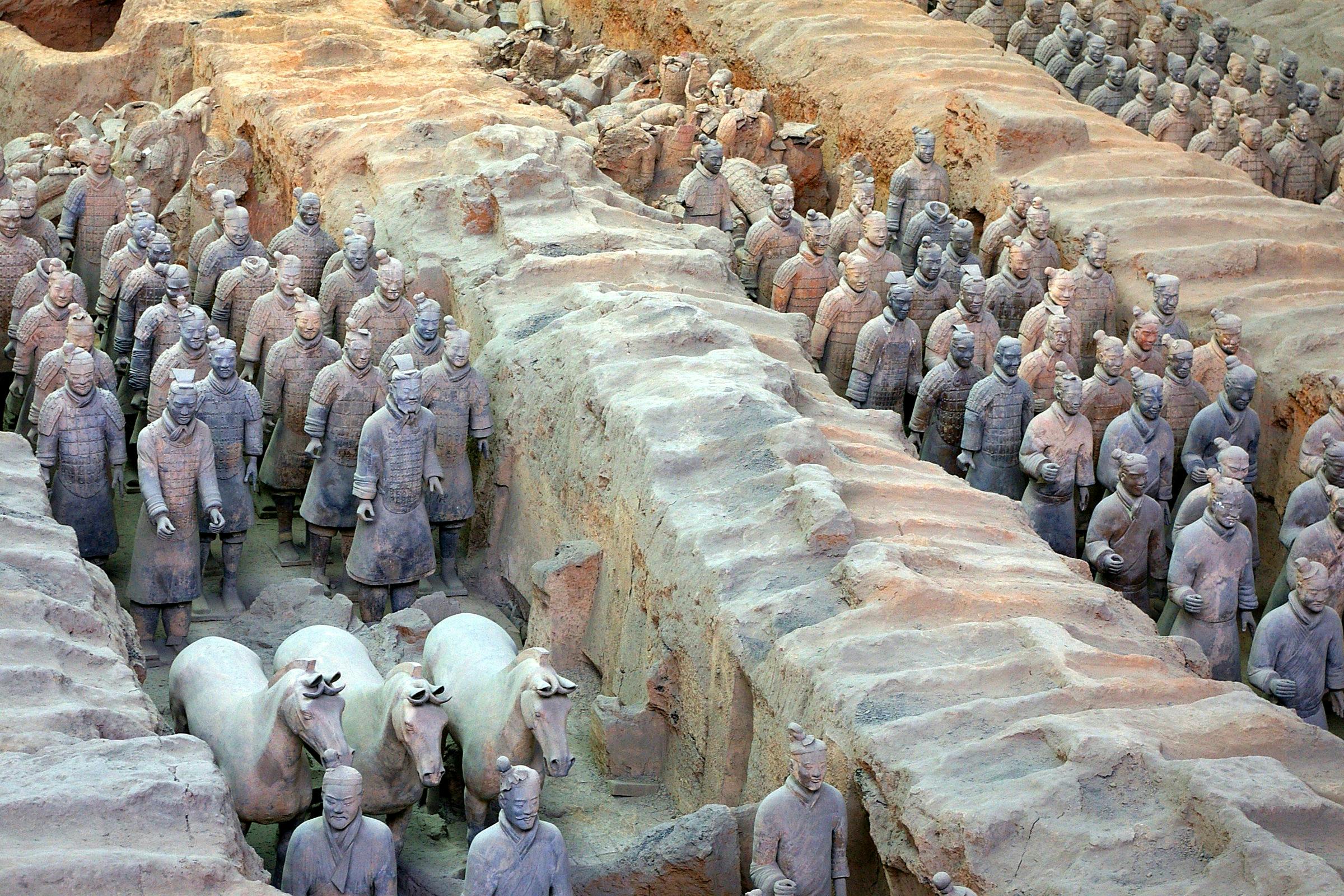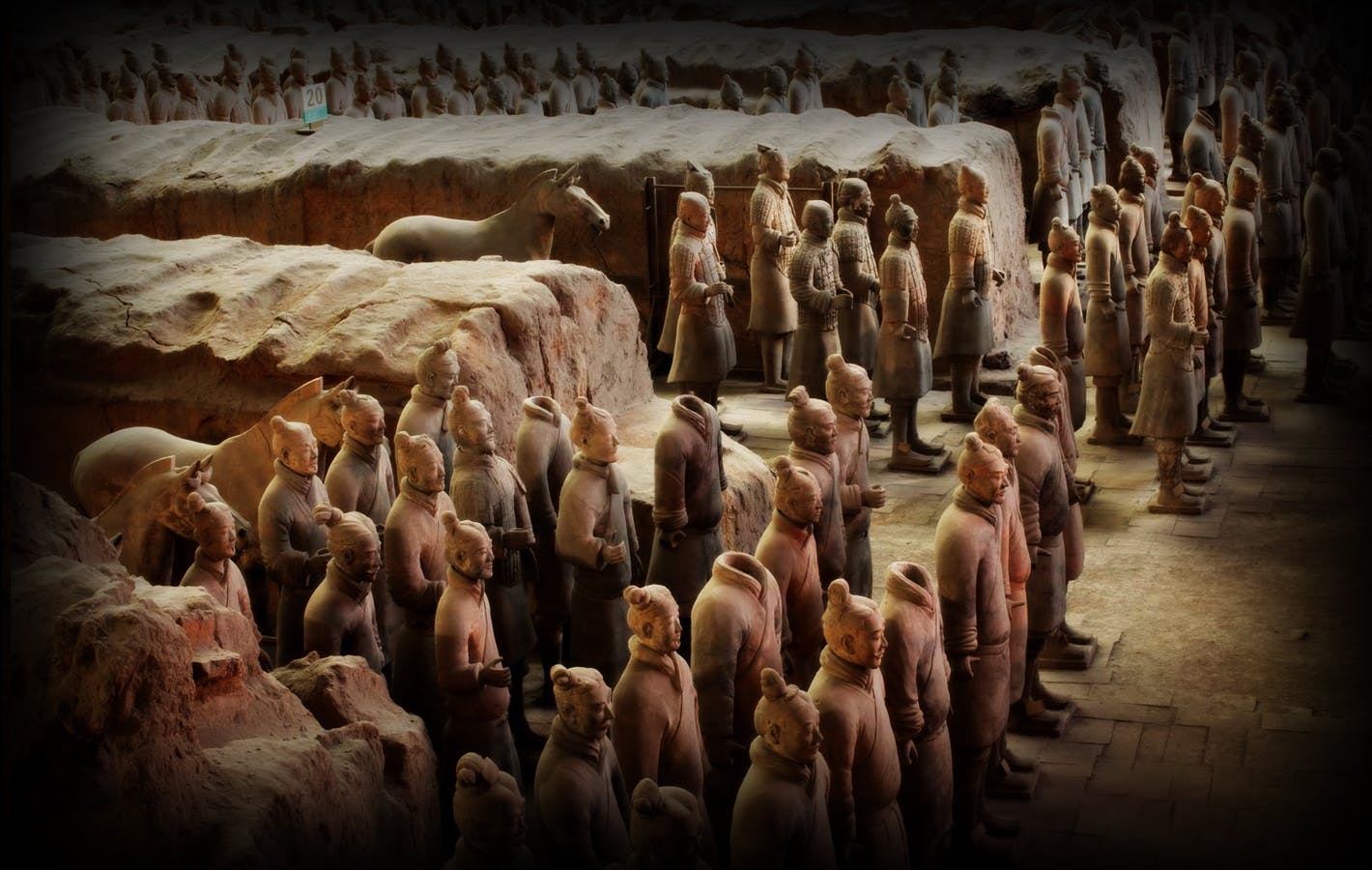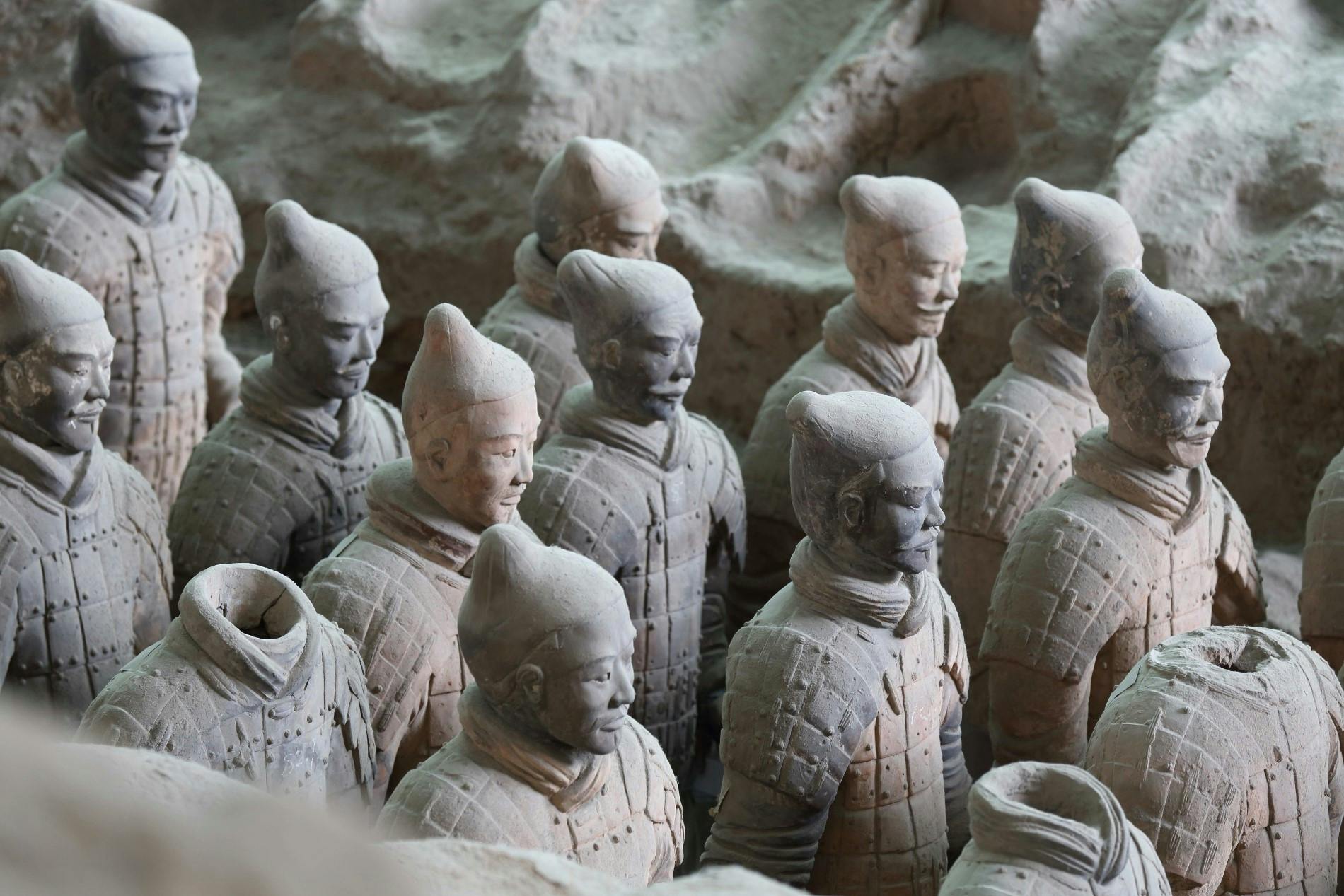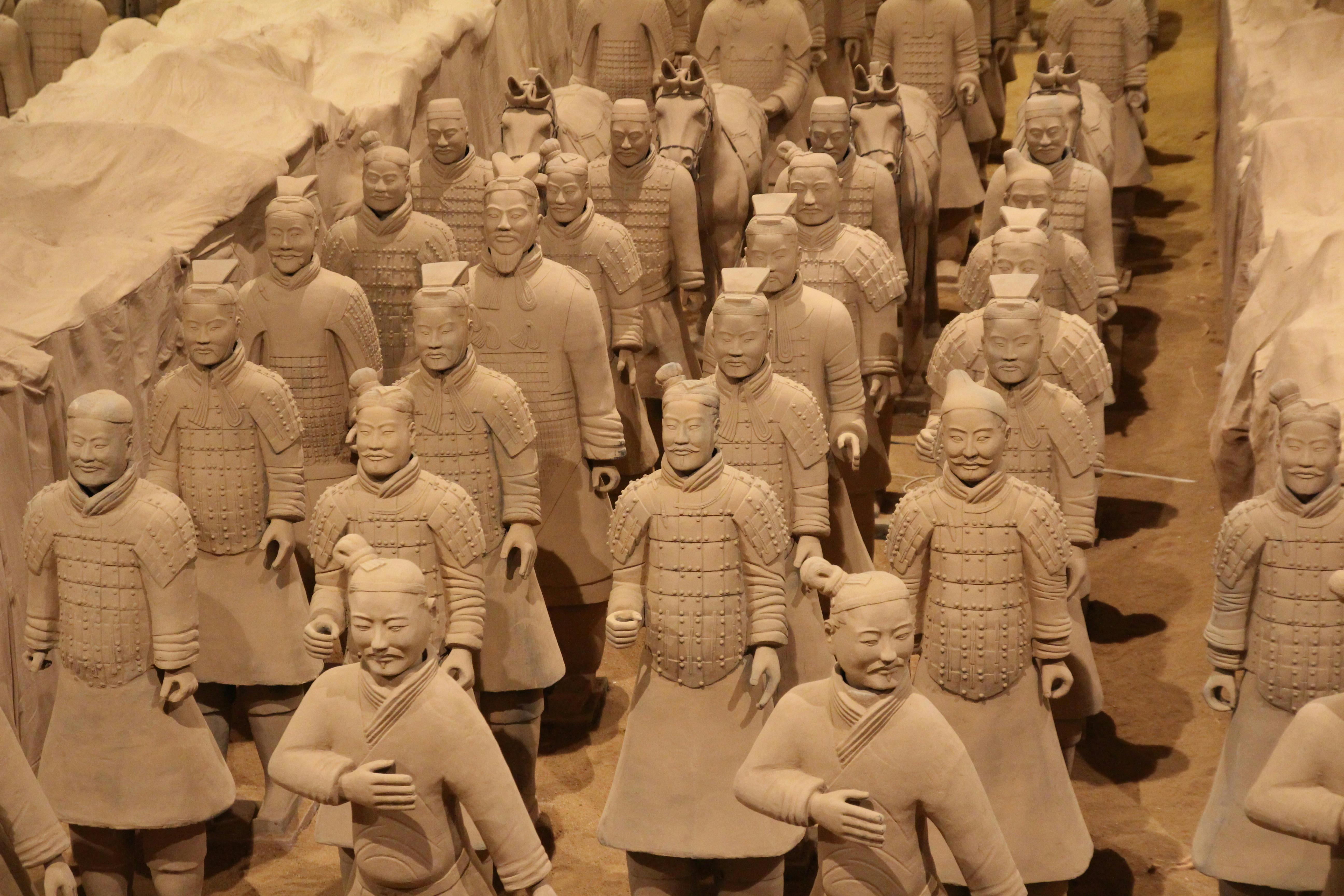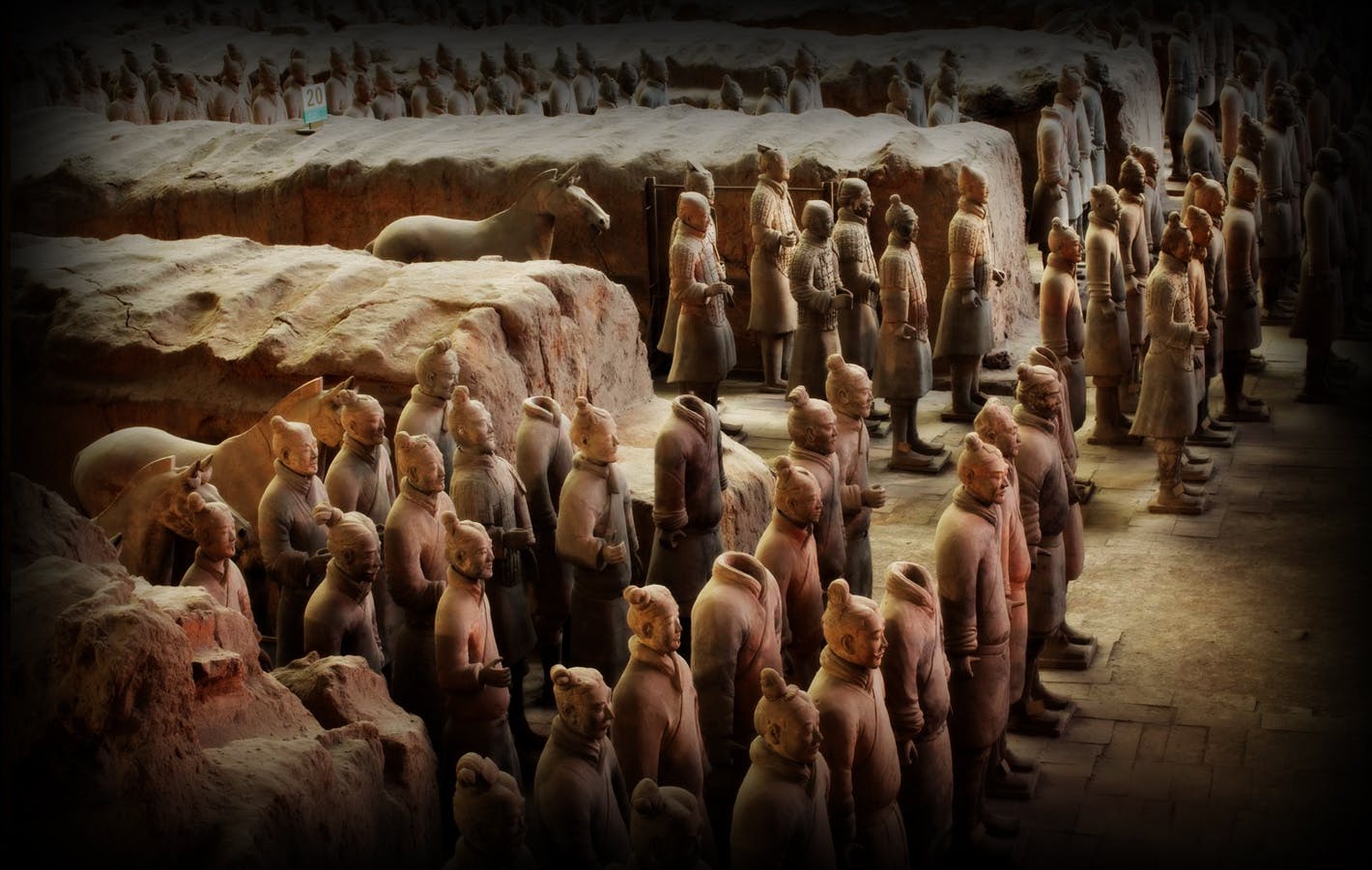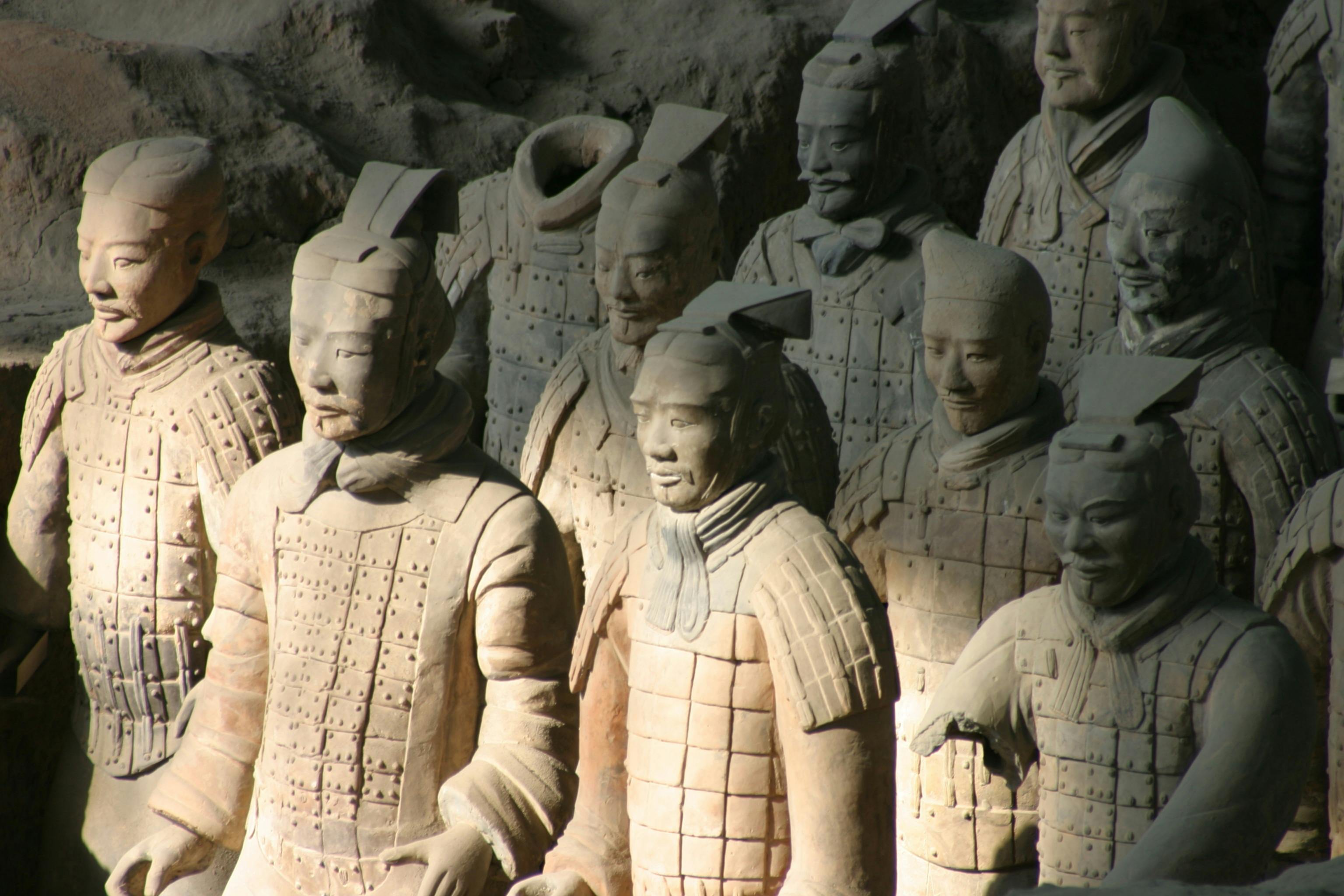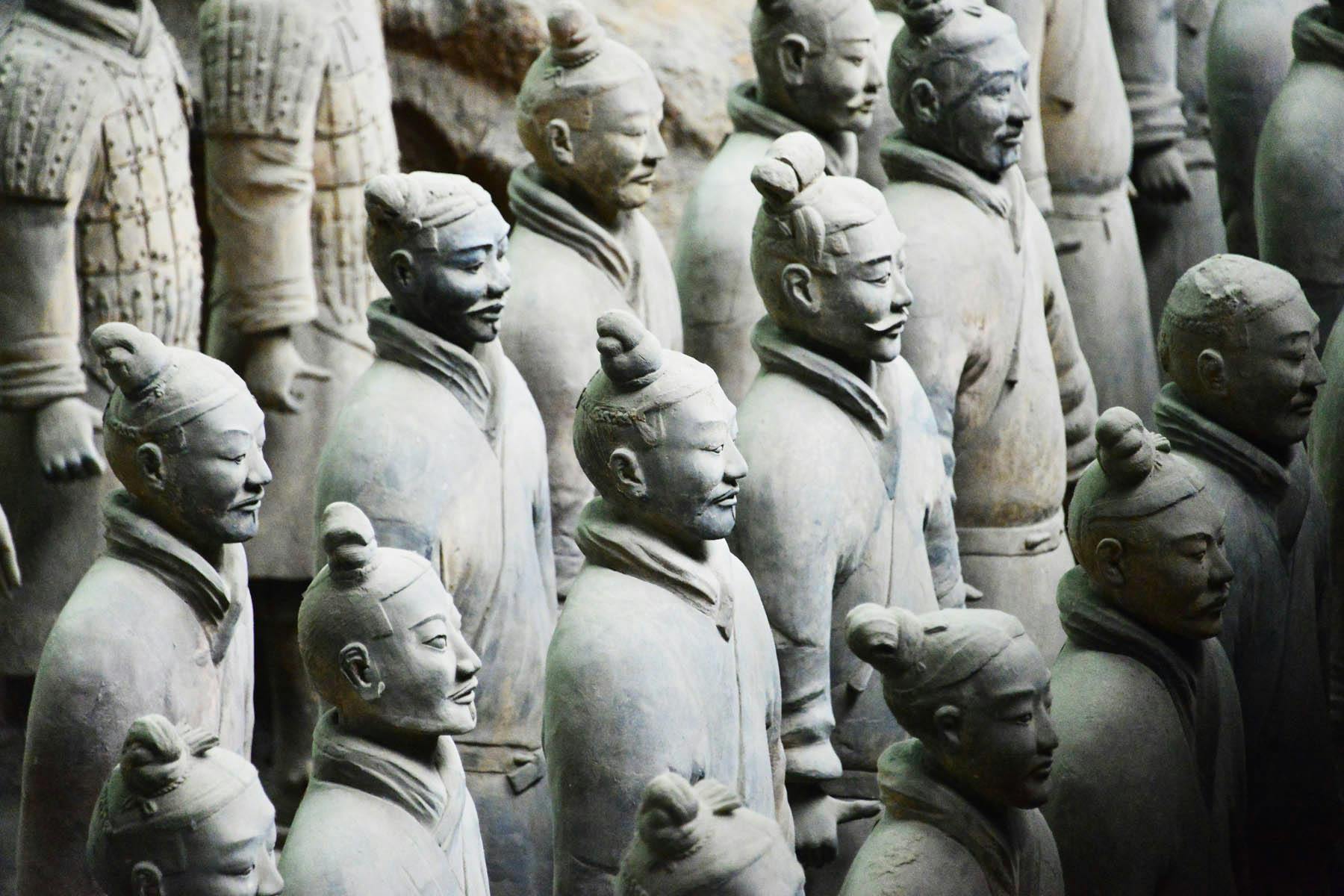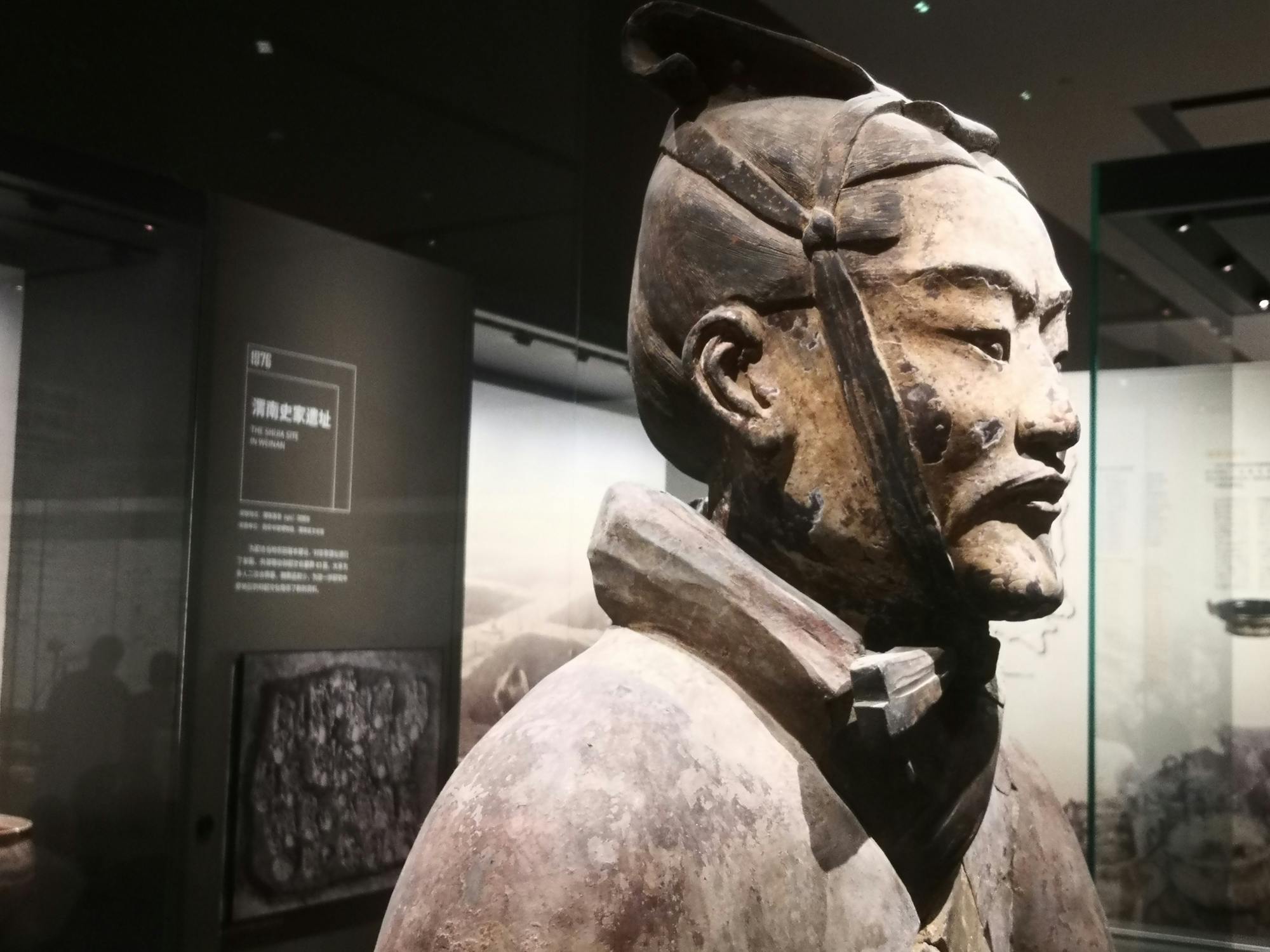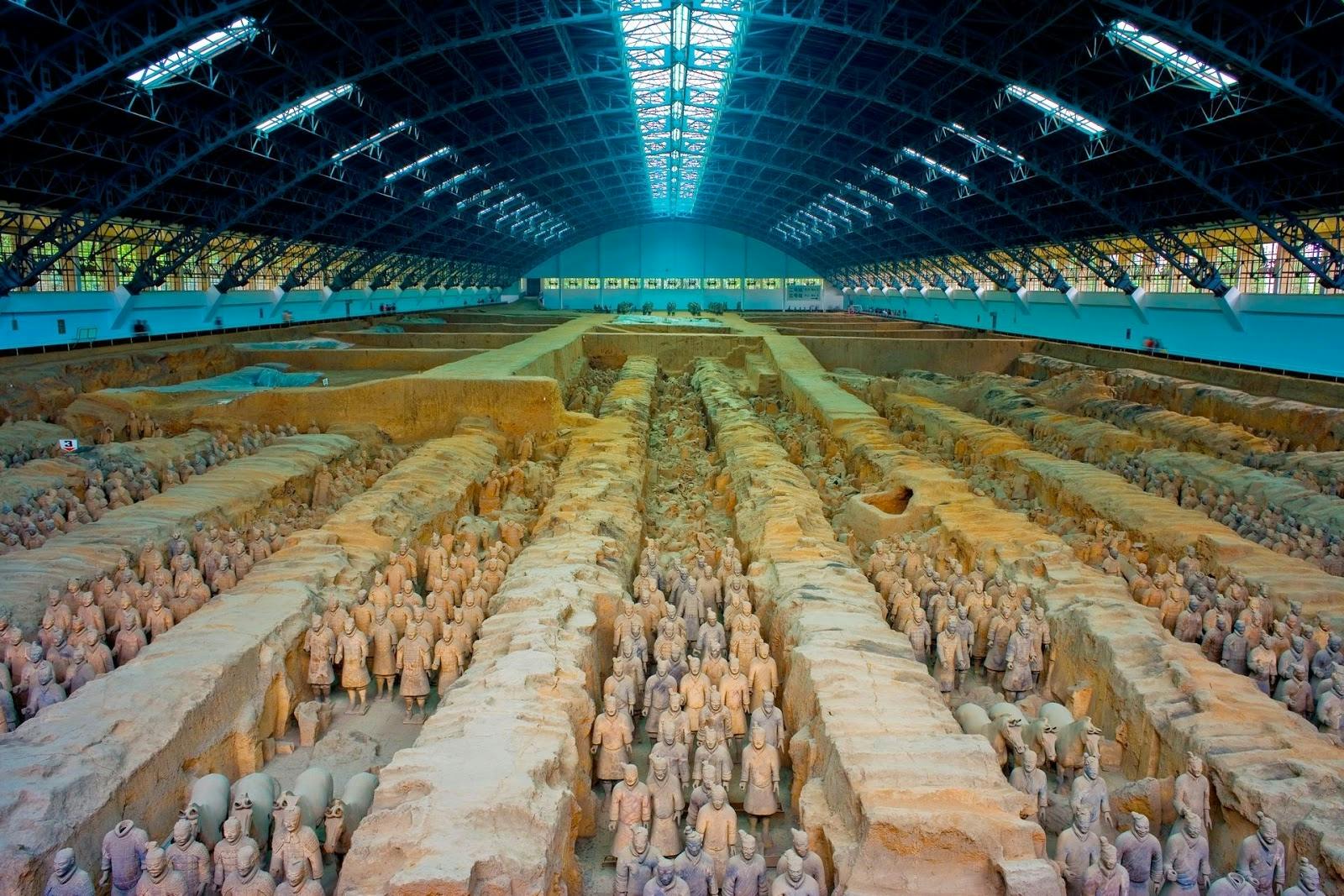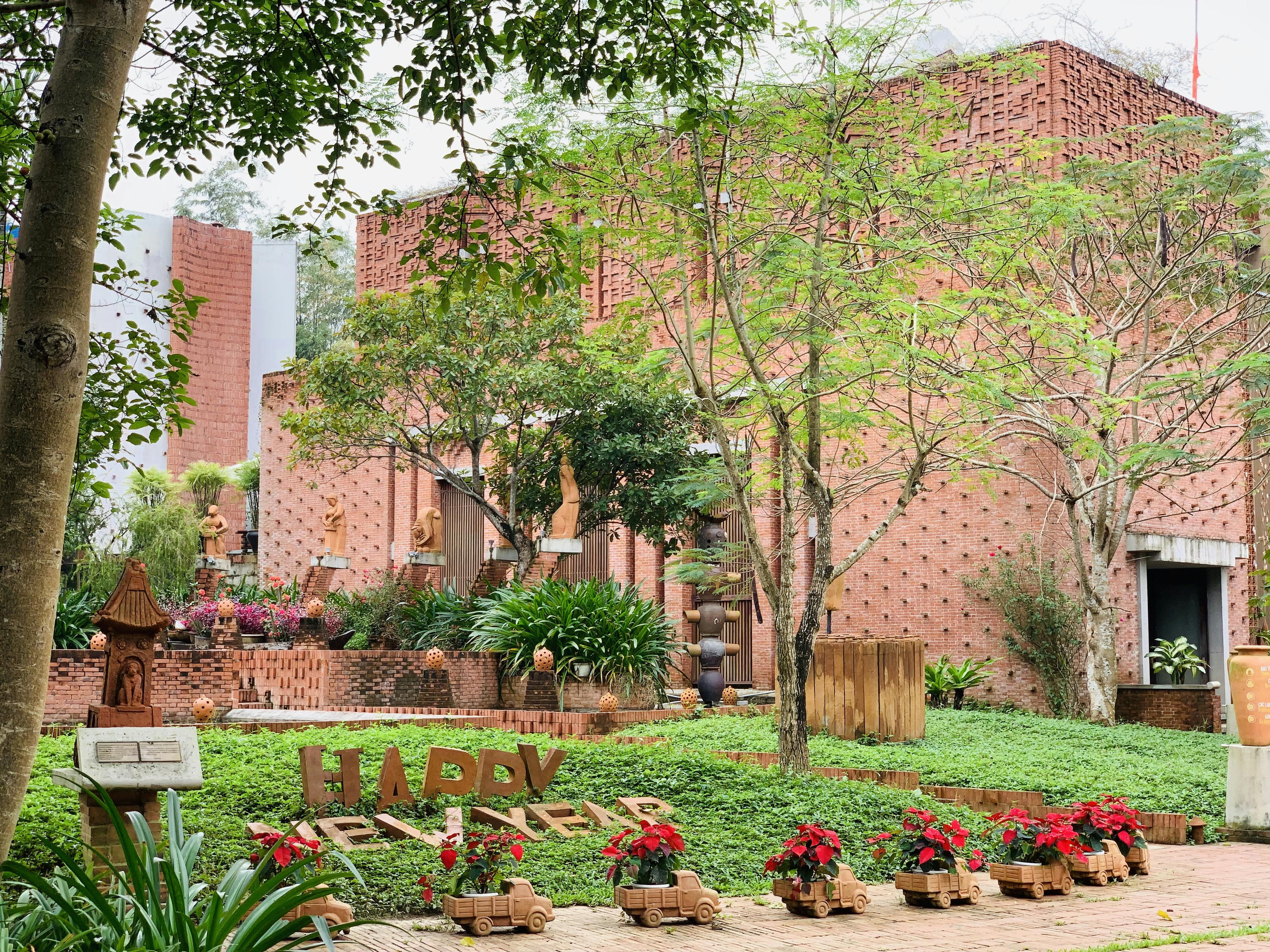How Did the Discovery of the Terracotta Warriors Alter Our Understanding of Emperor Qin Shi Huang’s Reign and Burial Practices?
The discovery of the Terracotta Warriors in 1974 by local farmers in Xi’an, China, dramatically transformed our perception of Emperor Qin Shi Huang, the first Emperor of a unified China. These life-sized clay soldiers, buried close to the Emperor’s tomb, were intended to protect him in the afterlife. Prior to this discovery, historical accounts of Emperor Qin were largely derived from textual sources that portrayed him as a tyrannical ruler obsessed with immortality. The Terracotta Army provided a new, tangible dimension to these historical narratives, suggesting not only the Emperor’s quest for eternal life but also his profound impact on military and burial customs of the time.
The scale and organization of the Terracotta Army mimic the actual administrative and military strategies of Qin’s empire, reflecting a highly organized and centralized state. Each warrior’s unique facial features and attire indicate a society with advanced craftsmanship and a well-established class system. This discovery has reshaped our understanding of the sophistication and complexity of the Qin Dynasty’s burial rituals, which blended profound spiritual beliefs with remarkable state control.
